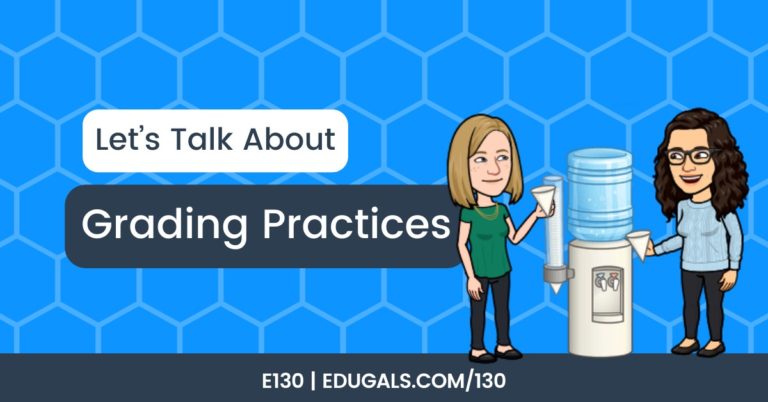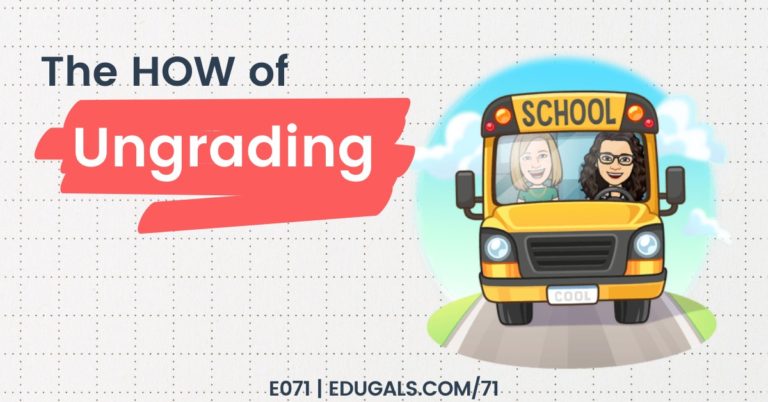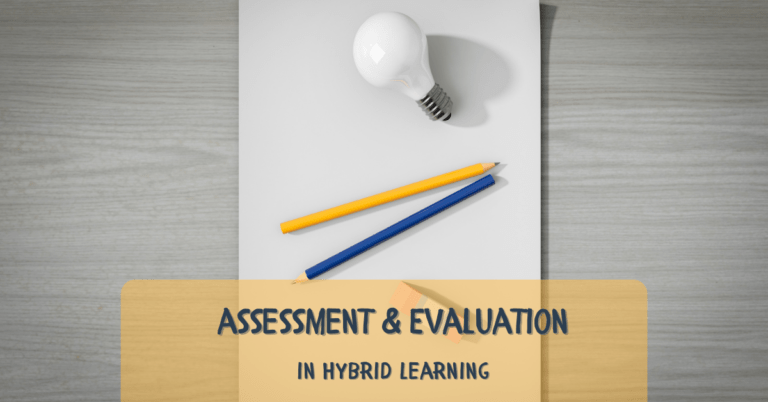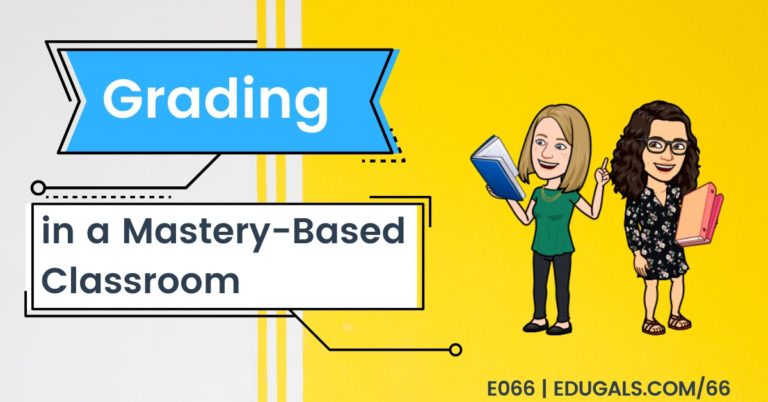Are you ready to explore the Universal Design for Learning (UDL) Framework? We are going to talk about what UDL is, and why it’s important; we will scratch the surface on learner variability, and then we will give you some tips on how you can start implementing UDL in your classroom.
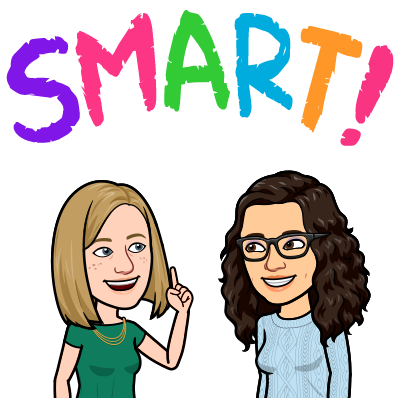
UDL is one of education buzzwords that has been around for a while, and is good to use in interviews, etc. BUT to actually know and implement it in the classroom is so much more important. We thought this was a great topic to discuss, as it’s a great way to approach de-streaming, and all of our classes, to help students be successful.
It often gets confused with choice and differentiation, when in fact it is so much more than that. We wanted to clear up what UDL is, and what it isn’t, and why we need to be planning our lessons and activities using this framework?
Read on to learn more! Or you can listen to our podcast episode linked below all about universal design for learning.
What is Universal Design For Learning (UDL)?
We came across this excellent UDL infographic by Katie Novak, who is an expert in UDL. In this infographic, UDL is defined as:
An education framework based on decades of research in neuroscience and endorsed by the Every Student Succeeds Act. UDL is considered best practice for teaching all students in an inclusive learning environment.
Katie Novak from Novak Education
The goal for UDL is to create students that are: purposeful and motivated, resourceful and knowledgeable, and strategic and goal-oriented. This is quite broad, and doesn’t really help up to define UDL – we get it.
UDL is designing courses in such a way that provides multiple modalities in how lessons are presented, multiple options for how students can demonstrate their learning, and also the use of different forms of technology and traditional resources to ensure all students can access and further their learning; essentially multi-modality blown up in the classroom.
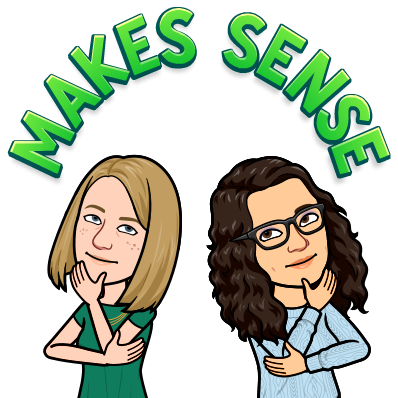
It is also looking at the content, and being more critical about the choices we make as teachers; who is represented in course materials? Whose voice dominates the course? Who benefits from these lessons?
UDL is really based on the premise of Culturally Responsive and Relevant Pedagogy (CRRP), particularly having high academic expectations for all of our students.
Katie Novak and Catlin Tucker recently published the book “UDL and Blended Learning: Thriving in Flexible Learning Landscapes.” In this book, they say: “In UDL we don’t make judgments about our learners based on labels, but have high expectations and believe all of them are capable of success when we provide pathways, and empower them to determine what they need at any given point in time.” We aren’t only providing the choice, but giving them the skills so that they can select the skills that they need to be successful at that given time.
UDL comes from the mindset that all students can be successful, recognizing the barriers they may face, and using this knowledge to develop your course. It’s similar to differentiation, except that it is more proactive, whereas differentiation tends to be more of an afterthought based on the student roster.
UDL takes into consideration that there is learner variability and that we need to plan ahead of time for that variability and providing those choices, and giving students agency and the ability to choose their pathway and experience success.
All students should be able to access their courses, regardless of the barriers that they may face. For example, English language learners should still be able to access their history, science, etc. courses even if they aren’t fluent in English. All students have the right to be in the academic or university pathway, and learning exceptionalities, language learning, etc. should not keep students from pursuing these pathways.
These conversations often go back to this topic of course rigour. Courses can still be rigorous while still offering access points to the content for all students. Rigour doesn’t mean proficiency at the beginning of the course and maintaining that throughout. Rather, students should be able to build the skills to achieve that level of “rigour” by the end of the course!
It’s possible to have that same course outcome or expectation for students, but having different pathways and entry points to get there.

Learner Variability in UDL
Another concept that comes to mind is Learner Variability. This concept is much bigger than the learning styles (or preferences) that we often talk about in education.
Instead, UDL embodies this idea that there is no such thing as an average student, that all students have different strengths and weaknesses, and these strengths and weakness can change depending on context and opportunity.
It also encompasses the social emotional piece, where it recognizes that our students experience a variety of ups and downs, and that these affect their ability to be successful in their classes. There are so many factors that could affect a student’s ability to focus, think and/or generally be successful in school.
Learner variability contemplates all of these different pieces that we don’t always think about. It then creates these jagged profiles of students that can shift and change depending on context. Also, each student’s profile looks different since they’re lived experiences and factors that may be impacting their learning are different.
This concept of learner variability is the rule, and we need to shift our mindsets to reflect this in our classrooms. Knowing this, it helps us to really understand that a one-size-fits-all approach to education does not work. We need to create lessons and materials that provide students with options and multiple entry points so that they can be successful in our classrooms.
This concept is closely tied to trauma-informed pedagogy, in that it has us consider and plan our courses in such a way that recognizes what our students have lived through, what they may currently be living through, and we need to be able to support these students without further traumatizing or harming our students unintentionally in the classroom – we need to create safe spaces.
There are so many great overlaps between UDL, blended instruction, CRRP, trauma-informed, etc. – it’s all about looking at the student in front of us, and teach the students (the whole being) that are in our classrooms.
The UDL Framework
The UDL framework is divided into three big buckets or categories: multiple means of engagement, multiple means of representation, and multiple means of action & expression.
There are many different resources available out there that go over these buckets, two of which are Katie Novak’s What is UDL? graphic, as well as CAST’s UDL Guidelines graphic (CAST really provides a deep dive – it’s enormous!). Both of these resources go over these three categories and provide implementation tips as well.
Katie Novak and Kristan Rodriguez also created a UDL progression rubric that allows teachers to see how these student skills can be implemented by educators in the classroom through the use of a 3-point rubric – emerging, proficient, and progressing towards expert practice.
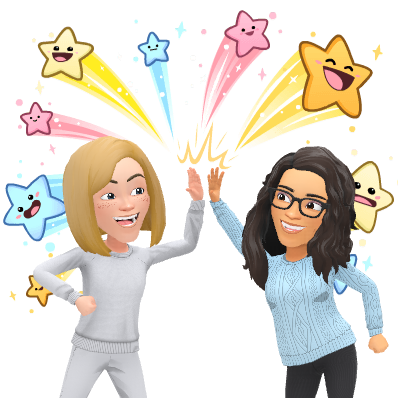
Multiple Means of Engagement
This refers to students’ engagement with the course, or the “why” of a course. This is all about student choice, making sure students understand the relevance of lessons, getting students motivated to learn, and self-assessment and feedback.
The main goal of this pillar is to create purposeful and motivated learners.
Multiple Means of Representation
This pillar is really talking about multi-modalities and scaffolding for learners. These scaffolds are good for all learners, and makes difficult concepts or language accessible to all students. It also includes simplifying instructions and using visuals to support these instructions.
In the science classroom, Chemix is a simple and easy tool to use that helps support this category – it’s a freemium tool that will allow you to create visuals and diagrams.
This pillar creates learners who are resourceful and knowledgeable.
Multiple Means of Action and Expression
This pillar is all about the ‘how’ of learning. This can include the use of technology or tools to help students express/demonstrate their learning – Google Read & Write is a perfect example of a tool that can help students to show the teacher what they have learned in your class.
It also includes giving students choices about how they demonstrate their learning based on their own strengths and comfort level with various tools and modalities.
Providing feedback to students while they are working will also help them to improve and better understand how they can further develop skills. Teachers can also then have students create reflections on their learning, having them think about the choices and steps that they have taken during lessons, assignments, etc.
This part of UDL creates learners who are strategic and goal-oriented.
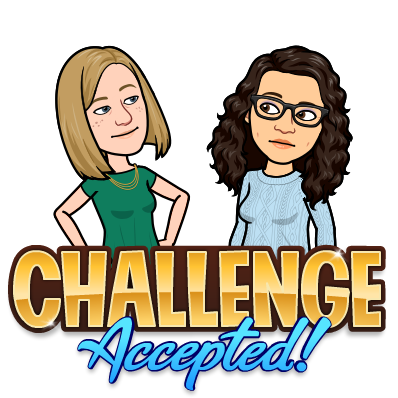
Overall, UDL is all about the kids in front of us, and helping them to access the knowledge that you, as an educator, have to share with them about your content area. We need to let students take control of their learning, and make sure you have high expectations for all students.
We have really only scratched the surface about UDL, but we will be sure to revisit UDL in future posts, and we will delve deeper into these pillars and what we can do as educators to effectively implement UDL in the classroom.
Ready to Learn More About UDL?
We’ve got lots of further in depth posts about UDL. Be sure to check out the following to learn more:
